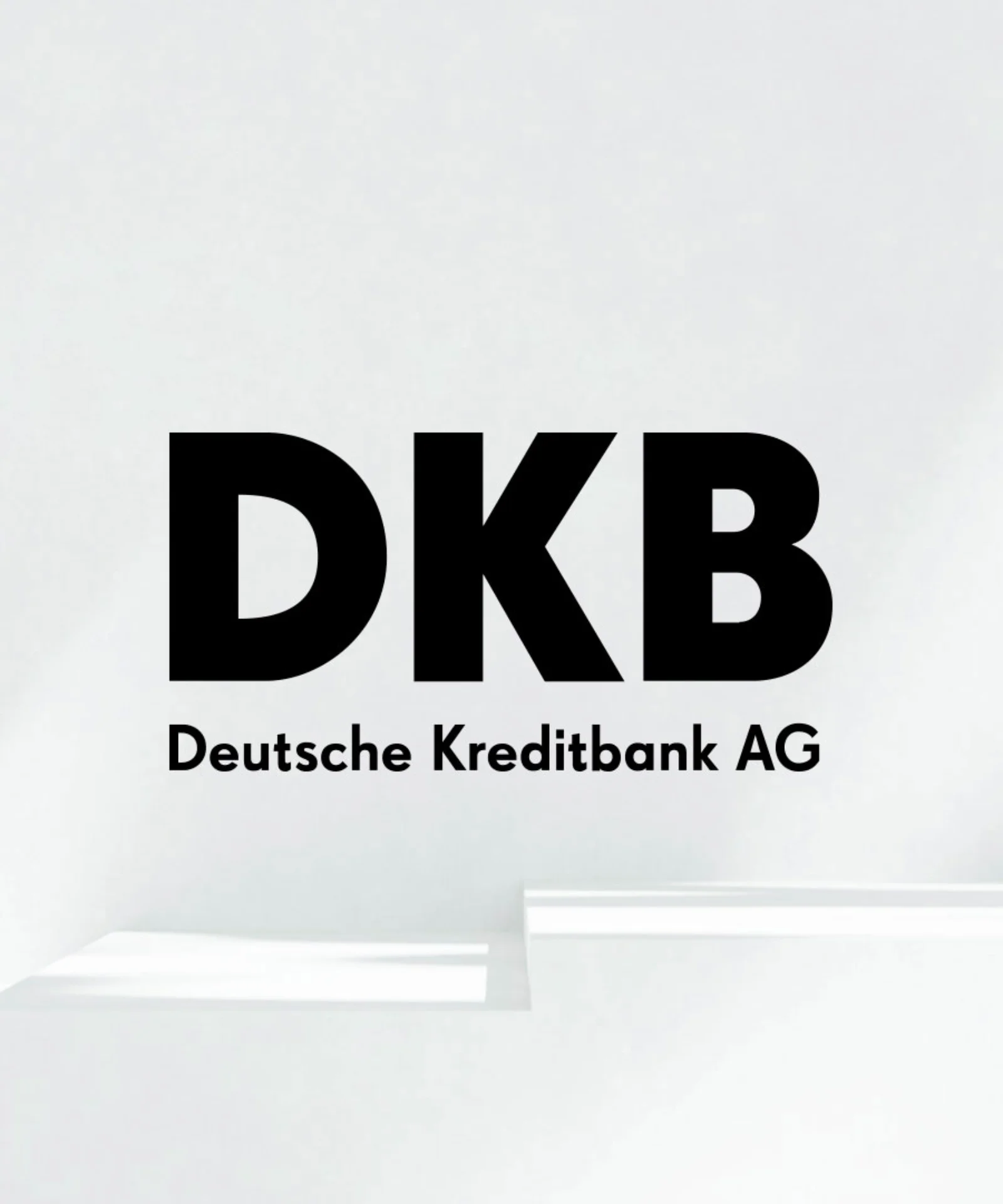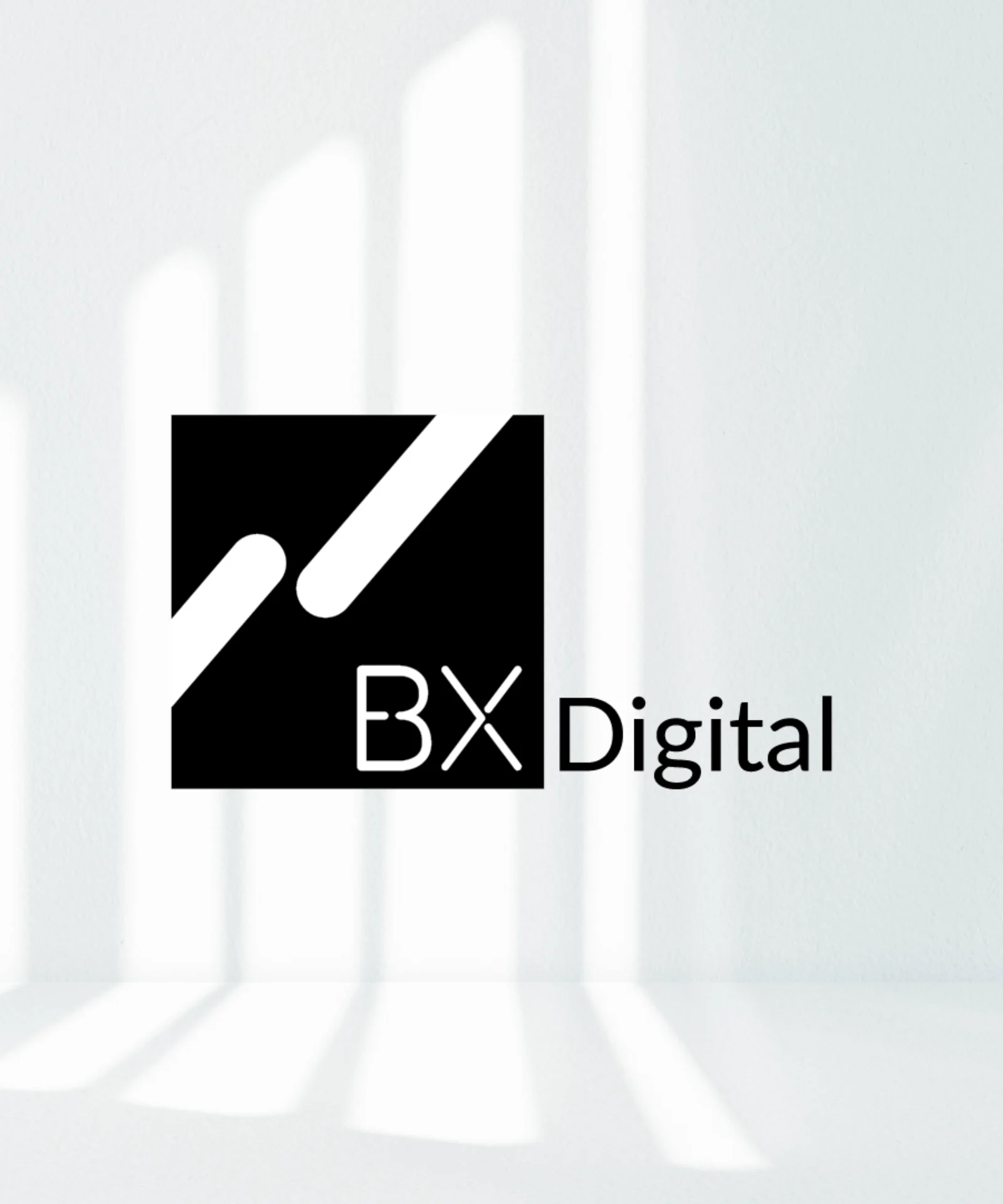Open Finance Ecosystems
The Open Finance ecosystems in the U.S. and Canada are constantly evolving, driven by regulatory initiatives, collaborations between financial and technology institutions, and the growing demand for greater transparency and innovation within the financial sector.
In the U.S., the Open Finance ecosystem is expanding rapidly, with financial technology companies (fintech), traditional banks, technology service providers and regulators working together to create an environment of innovation and healthy competition.
In Canada, although progress is more gradual, regulatory initiatives and collaborations between stakeholders are driving the adoption of Open Finance.
Below are the main elements of the Open Finance ecosystems in the two countries:
Canada
- Financial Institutions and Fintech: Similar to the U.S., Canada is witnessing increasing collaboration between traditional banks and fintech to explore Open Finance opportunities and improve the provision of financial services.
- Regulators: The Financial Consumer Agency of Canada (FCAC) has officially assumed the responsibilities of overseeing, administering and enforcing Canada’s Consumer-Driven Banking Framework, Open Banking, that should later evolve into Open Finance.
- Security and Privacy Standards: Concern about cybersecurity and the protection of personal data is driving the development of robust security and privacy standards for the secure sharing of financial information.
- Innovation Ecosystem: Incubators and innovation centers are supporting startups and fintech that are developing Open Finance solutions, encouraging competition and creativity in the sector.
- Consumers and SMEs: Small and medium-sized enterprises (SMEs), as well as individual consumers, are increasingly interested in accessing more accessible and personalized financial services through Open Finance platforms.
These ecosystems reflect a movement towards a more open and interoperable financial system, where collaboration between different stakeholders is key to driving innovation and improving the customer experience in the financial market.








